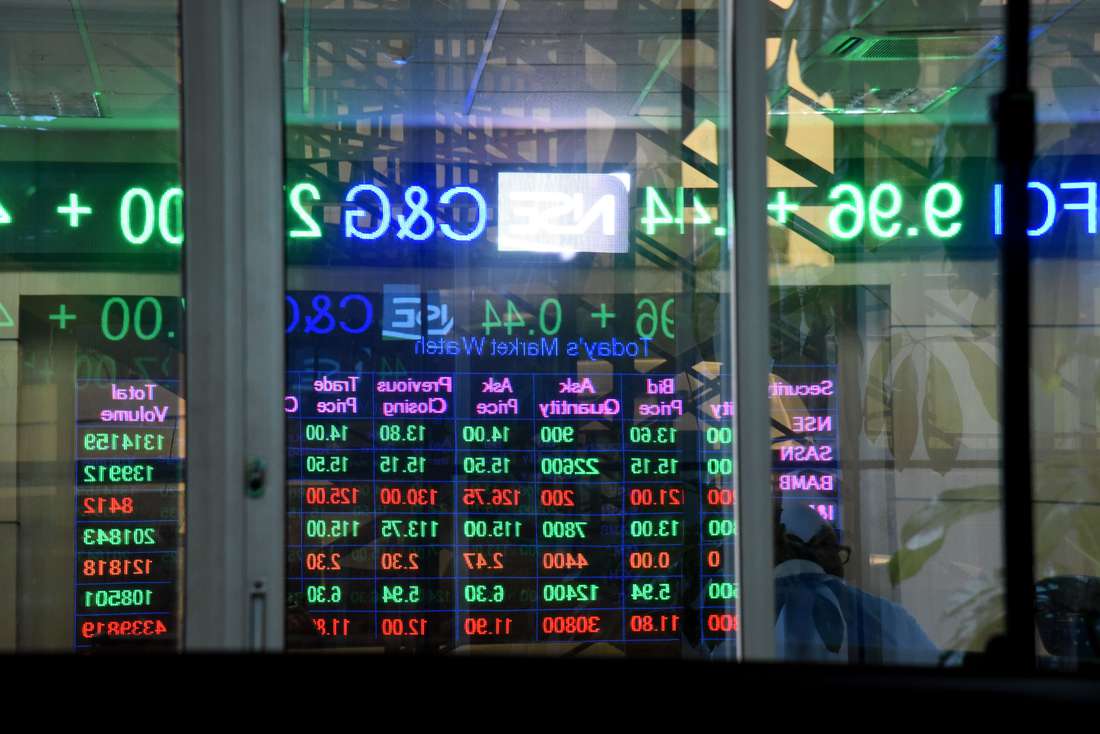Since the Companies Act, 2015 introduced the concept of share buybacks (a benign way for companies to return cash to shareholders), much has been written about the topic.
Proponents say buybacks can be the best use of corporate capital. The decrease in float is in itself bullish. In contrast, opponents are concerned about managers using them to artificially increase stock prices in order to boost performance pay.
Some are concerned about the exposure to excessive leverage. Investors have suggested that the cure is when companies favour repurchases when three conditions are met: first, a company has ample funds to take care of operational and liquidity needs of its business; second, its stock is selling at a material discount to the company’s intrinsic business value; third, there’s visibility of earnings of the business increasing at a good pace for a long time to come.
That said, for all their perceived benefits, do investors really reap maximum value in a share buyback programme? This is an issue that is particularly acute and unfortunately does not get a lot of attention.
To better understand, let’s use East African Breweries Limited (EABL) as an example. Today, EABL has 1.58 billion shares outstanding and assume we own about 158 million shares or 10 percent.
Let us also assume that the company will likely spend Sh60 billion or so in the next five years to repurchase the shares.
Here’s a quiz: What should a long-term shareholder cheer about during that period? Should we wish for EABL’s stock price to languish throughout the five years or not?
Let’s do the math. If EABL’s stock price averages, say, Sh150 during the period, the company will acquire 400 million shares for its Sh60 billion. There would consequently be 1.18 billion shares outstanding, and we would own about 13.4 percent of the company.
If the stock conversely sells for an average of Sh300 during the five-year period, EABL will acquire only 200 million shares. That would leave about 1.38 billion shares outstanding after five years, of which we would own 11.5 percent.
If EABL were to earn, say, Sh10 billion in the fifth year, our share of those earnings would be a full Sh190 million greater under the “disappointing” scenario of a lower stock price than they would have been at the higher price.
The logic is simple: If you are going to be involved in stocks participating in a share buyback programme, you are hurt when stocks rise. […]
